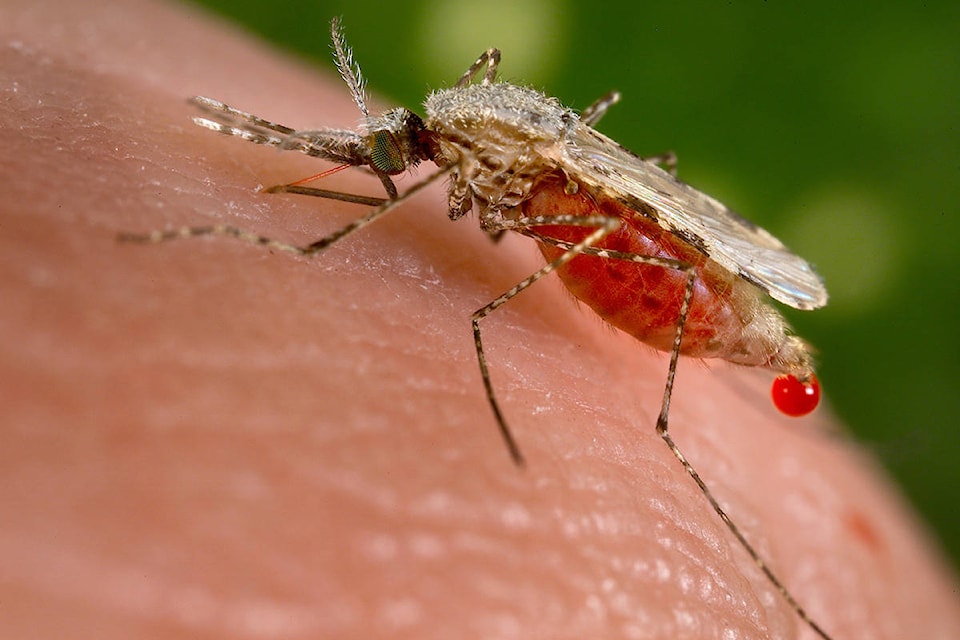As summer temperatures increase, so does the risk of West Nile virus.
The risk of getting the virus is highest from the end of July through August. There are some important measures people can take to reduce their risk of infection, according to an Interior Health release.
West Nile virus is a disease that spreads from infected corvid birds (crows, ravens, magpies, and jays) to humans through mosquito bites. It was first detected in B.C. in the South Okanagan during the summer of 2009, said the release.
Since then, there have been four human cases - all in the Okanagan. Last year the virus was detected in horses and birds in the Kootenays, confirming the virus is present there as well. Several parts of Canada and the U.S. continue to report West Nile virus activity.
The risk of becoming seriously ill from West Nile virus infection is low for most people. However, the elderly and those with compromised immune systems are more at risk, said the release.
There are things everyone can do both at home and while travelling to reduce the risk of infection.
* Avoid outdoor activities at dusk and dawn. This is the time of day mosquitoes that can carry the virus are most active.
* Wear protective clothing. If you are in an area with many mosquitoes, wear loose fitting, light coloured, full-length pants, and a long-sleeved shirt.
* Use mosquito repellent. Apply mosquito repellent to areas of exposed skin.
